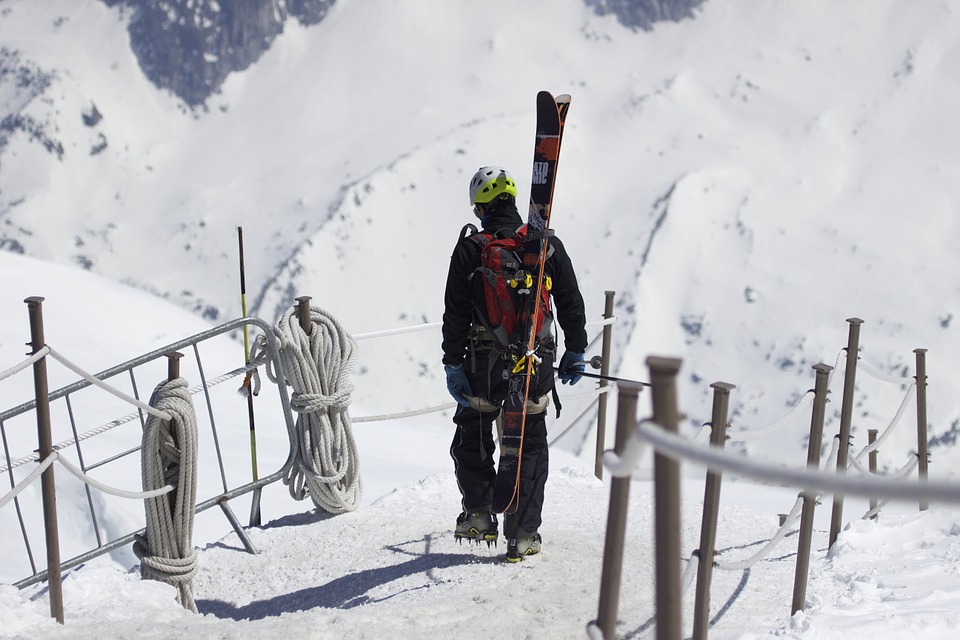 I'm skiing what should I do??
I'm skiing what should I do??
In today's article I would like to focus on the basics of skiing. I will try to discuss here how to turn, inhibit, tell me why I drive slower than others, e.t.c.
Why am I going slow, and others faster?
This is influenced by many factors, I will try to introduce them to you.
Marcin and Maciek went to the slope on Monday. They wanted to go skiing and have fun doing it. They decided to organize a competition. They set a start and finish line. They started racing. However, each time Maciek won. Why? There were several factors:
- Maciek was heavier than Marcin and bigger. Therefore, the force of gravity worked better on him.
- He used longer skis, which reduced the friction force, so he was moving down the slope much faster. The downside to this is this, it has less turning potential. (If we have long skis, we go faster due to less friction, but we are worse at cornering)
- Before each ride, Maciek lubricates the skis with appropriate grease and wax, so it has better glide.
- The route led to the very bottom, that's why Maciek tried to avoid cross-country driving and turns.
However, Maciek is bigger than Marcin, therefore it has more air resistance. However, he also dealt with this problem without problems.
- He took the right downhill position, often called the "egg". This resulted in less air resistance.
- He used a very plain and tight outfit. Most often they are made of lycra. Swimwear is also made of this material to increase dynamism and reduce drag.
I'm going! I'm going! Attention I'm going! I can't turn, Attention!
How many times on the slope have we come across such a situation, or we had a problem with turns ourselves? Certainly not once. I will try to describe some turning techniques.
- Plow - Shifting the center of gravity to the outer ski. Simply put, we transfer our weight to this ski, which way do we turn. If we turn to the right, we shift the weight to the right, this cuts an arc of the intended length in the snow.
- Low High - It involves going lower before turning and straightening your knees during the turn. It is the most commonly used. If on the route we have to make long curves with a low turning angle.
- Smig - Fast rhythmic turns. In addition, we can control the speed this way.
These are the basic types of turns. However, I will talk more about the turns in a separate article, which will only focus on them. Because it is quite an important topic when skiing. Guarantees us, that we will not hurt ourselves or other participants of the "snow highways".
I can't stop!
Many people have brake problems. The easiest way is to sit on the snow and brake by friction. However, he is not pretty. Lets others know about our "professionalism".
One way is to use a plow turn. We have to push hard to the edges of the skis and try to keep the skis parallel. This is the most effective way.
The second is to increase air resistance by straightening up and spreading your arms. This is a slower way and when we have high speed we may not have time to stop.